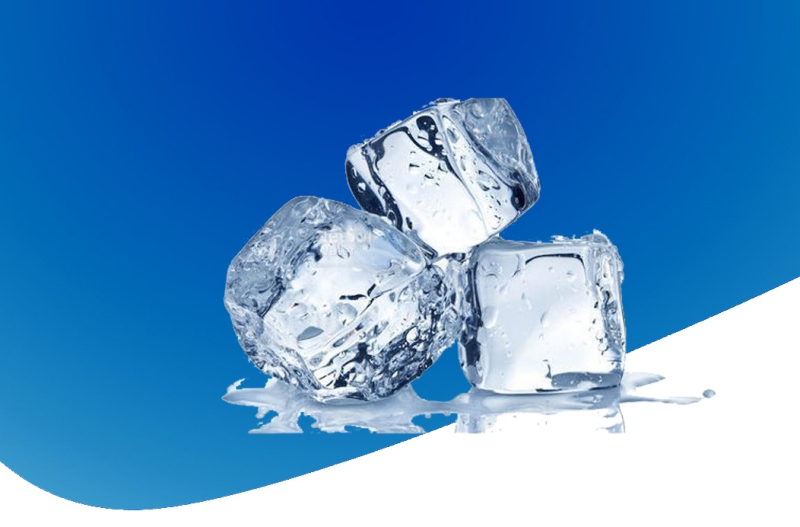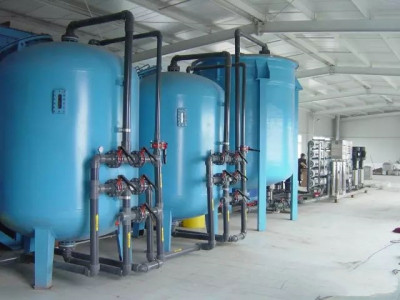Water is a fascinating substance that serves as the lifeblood of our planet. From quenching our thirst to nurturing the lush greenery around us, its significance cannot be overstated. But have you ever stopped to think about the role water plays in something as simple and refreshing as ice? That’s right! Even in the realm of frozen delights, water quality matters. In this article, we will dive into the captivating world of ice making and explore the importance of water treatment in ensuring that every icy creation is not only delicious but also safe for consumption. So, get ready to embark on a chilly adventure where science meets refreshment!
A importância do tratamento de água na fabricação de gelo
O tratamento da água desempenha um papel crucial no processo de fabricação do gelo, garantindo que o gelo produzido seja de alta qualidade, seguro para consumo e atenda às normas sanitárias. Compreender como a água é tratada na fabricação de gelo é essencial para avaliar sua importância.
Ice making involves a series of steps to transform water into solid ice cubes or blocks. The process typically begins with sourcing water, which can come from various natural sources such as rivers, lakes, or wells. However, this untreated water often contains impurities that can negatively impact the quality of the ice produced.
Water impurities commonly found in ice making include bacteria and microorganisms, sediments and particles, chemical contaminants, and hard water minerals. Bacteria and microorganisms pose a significant health risk if not eliminated through proper treatment. Sediments and particles can make the ice cloudy or discolored, affecting its appearance and potentially discouraging customers. Chemical contaminants present in untreated water may alter the taste and odor of the ice. Hard water minerals like calcium and magnesium can cause scale buildup in ice machines, reducing their efficiency.
The use of untreated water in ice making can have several adverse effects on the quality of the final product. Ice made from untreated water may have an unpleasant taste or odor due to bacterial contamination or chemical impurities. Cloudy or discolored ice cubes are unappealing to customers who expect clear and visually appealing ice. Additionally, untreated water may result in increased melting rates due to higher mineral content or poor freezing characteristics. This not only affects customer satisfaction but also leads to higher operating costs for businesses.
Proper water treatment in ice making offers numerous benefits that go beyond just improving the quality of the ice produced. Treating water before it enters the ice machine ensures improved taste and odor of the final product, enhancing customer experience and satisfaction. High-quality ice also enhances drink presentation when used in beverages at bars or restaurants.
Furthermore, implementing effective water treatment methods reduces maintenance costs associated with scale buildup and equipment damage caused by untreated water. By removing impurities, water treatment systems help maintain the efficiency of ice machines, resulting in energy savings and prolonged equipment lifespan.
Compliance with health regulations and standards is another crucial aspect of water treatment in ice making. Properly treated water ensures that the ice produced meets the required sanitary standards, minimizing the risk of contamination and potential health hazards for consumers.
There are various types of water treatment methods available for ice making, including filtration systems, UV sterilization, reverse osmosis, and ion-exchange systems. Each method has its own advantages and considerations based on specific needs and water quality requirements.




